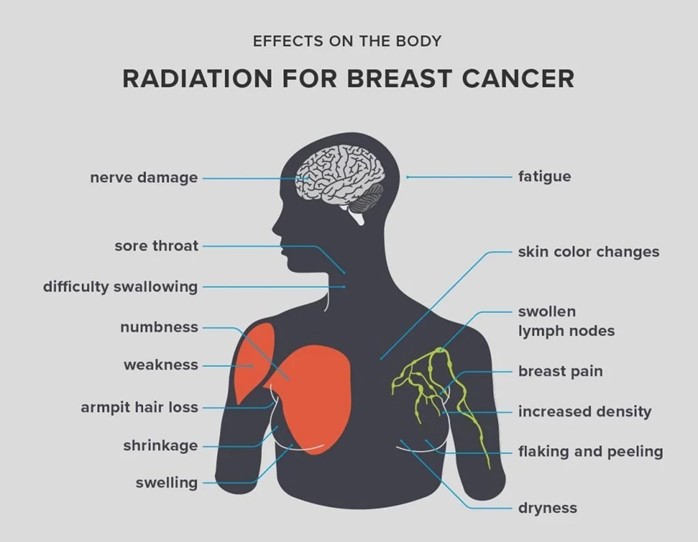A pregnant woman diagnosed with syphilis comes to the clinic for a visit. The nurse discusses the risk of transmitting the infection to her newborn, explaining that this infection is transmitted to the newborn through the:
Breast milk
Birth canal
Amniotic fluid
Placenta
The Correct Answer is D
Choice A: Breast milk is not the correct answer because it is not a route of transmission for syphilis. Syphilis is caused by a bacterium called Treponema pallidum, which cannot survive in breast milk. However, breastfeeding mothers with syphilis should be treated with antibiotics to prevent other complications.
Choice B: The birth canal is not the correct answer because it is not a route of transmission for syphilis. Syphilis can be transmitted through sexual contact, but not through vaginal delivery. However, pregnant women with syphilis should be screened and treated before delivery to prevent congenital syphilis in their newborns.
Choice C: Amniotic fluid is not the correct answer because it is not a route of transmission for syphilis. Syphilis cannot cross the amniotic membrane, which protects the fetus from infections in the uterus. However, pregnant women with syphilis should be monitored for signs of fetal distress or premature rupture of membranes.
Choice D: Placenta is the correct answer because it is a route of transmission for syphilis. Syphilis can cross the placenta, which connects the mother and the fetus through blood vessels. This can result in congenital syphilis, which can cause serious problems such as stillbirth, miscarriage, low birth weight, deformities, or neurological damage in newborns.
Nursing Test Bank
Naxlex Comprehensive Predictor Exams
Related Questions
Correct Answer is C
Explanation
Choice A: Diarrhea is not the correct answer because it is not a common adverse effect of radiation treatment for breast cancer. Diarrhea is a condition that causes loose, watery, or frequent stools. It can be caused by various factors such as infection, medication, or food intolerance. It is more likely to occur as an adverse effect of radiation treatment for cancers that affect the digestive system, such as colorectal or stomach cancer.
Choice B: Anorexia is not the correct answer because it is not a common adverse effect of radiation treatment for breast cancer. Anorexia is a condition that causes loss of appetite or interest in food. It can be caused by various factors such as depression, stress, or nausea. It is more likely to occur as an adverse effect of chemotherapy or other systemic treatments for cancer that affect the whole body.
Choice C: Fatigue is the correct answer because it is a common adverse effect of radiation treatment for breast cancer. Fatigue is a condition that causes extreme tiredness or exhaustion that is not relieved by rest or sleep. It can be caused by various factors such as anemia, inflammation, or pain. It is a common adverse effect of radiation treatment for any type of cancer, as radiation can damage healthy cells and tissues and affect the body's energy production.
Choice D: Alopecia is not the correct answer because it is not a common adverse effect of radiation treatment for breast cancer. Alopecia is a condition that causes hair loss or thinning on the scalp or other parts of the body. It can be caused by various factors such as genetics, hormones, or infection. It is more likely to occur as an adverse effect of chemotherapy or other systemic treatments for cancer that affect the whole body.

Correct Answer is B
Explanation
Choice A: Upper back pain is not the correct answer because it is not a common finding associated with uterine fibroids. Upper back pain is a feeling of discomfort or ache in the upper part of the back, between the shoulder blades, or below the neck. It can be caused by various factors such as muscle strain, poor posture, or spinal problems. It is not related to the presence or growth of benign tumors in the uterus.
Choice B: Chronic pelvic pain is the correct answer because it is a common finding associated with uterine fibroids. Chronic pelvic pain is a feeling of discomfort or ache in the lower abdomen or pelvis that lasts for more than six months. It can be caused by various factors such as endometriosis, ovarian cysts, or infection. It is also related to the presence or growth of benign tumors in the uterus, which can press on nerves, blood vessels, or organs and cause inflammation, bleeding, or scarring.
Choice C: Amenorrhea is not the correct answer because it is not a common finding associated with uterine fibroids. Amenorrhea is a condition that causes the absence of menstrual periods for more than three months in a woman who is not pregnant, breastfeeding, or menopausal. It can be caused by various factors such as hormonal imbalance, stress, or weight loss. It is not related to the presence or growth of benign tumors in the uterus, which can cause heavy or irregular menstrual bleeding instead.
Choice D: Diarrhea is not the correct answer because it is not a common finding associated with uterine fibroids. Diarrhea is a condition that causes loose, watery, or frequent stools. It can be caused by various factors such as infection, medication, or food intolerance. It is not related to the presence or growth of benign tumors in the uterus, which can cause constipation or bloating instead.
Whether you are a student looking to ace your exams or a practicing nurse seeking to enhance your expertise , our nursing education contents will empower you with the confidence and competence to make a difference in the lives of patients and become a respected leader in the healthcare field.
Visit Naxlex, invest in your future and unlock endless possibilities with our unparalleled nursing education contents today
Report Wrong Answer on the Current Question
Do you disagree with the answer? If yes, what is your expected answer? Explain.
Kindly be descriptive with the issue you are facing.
